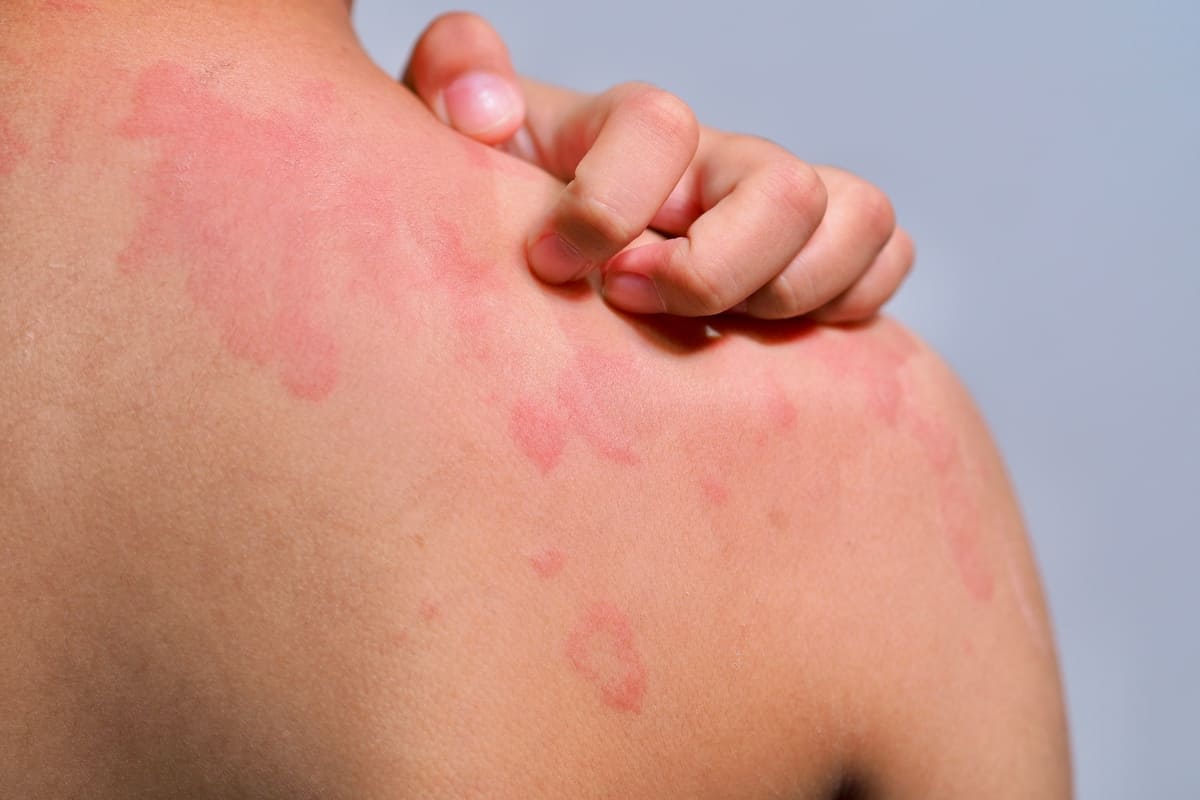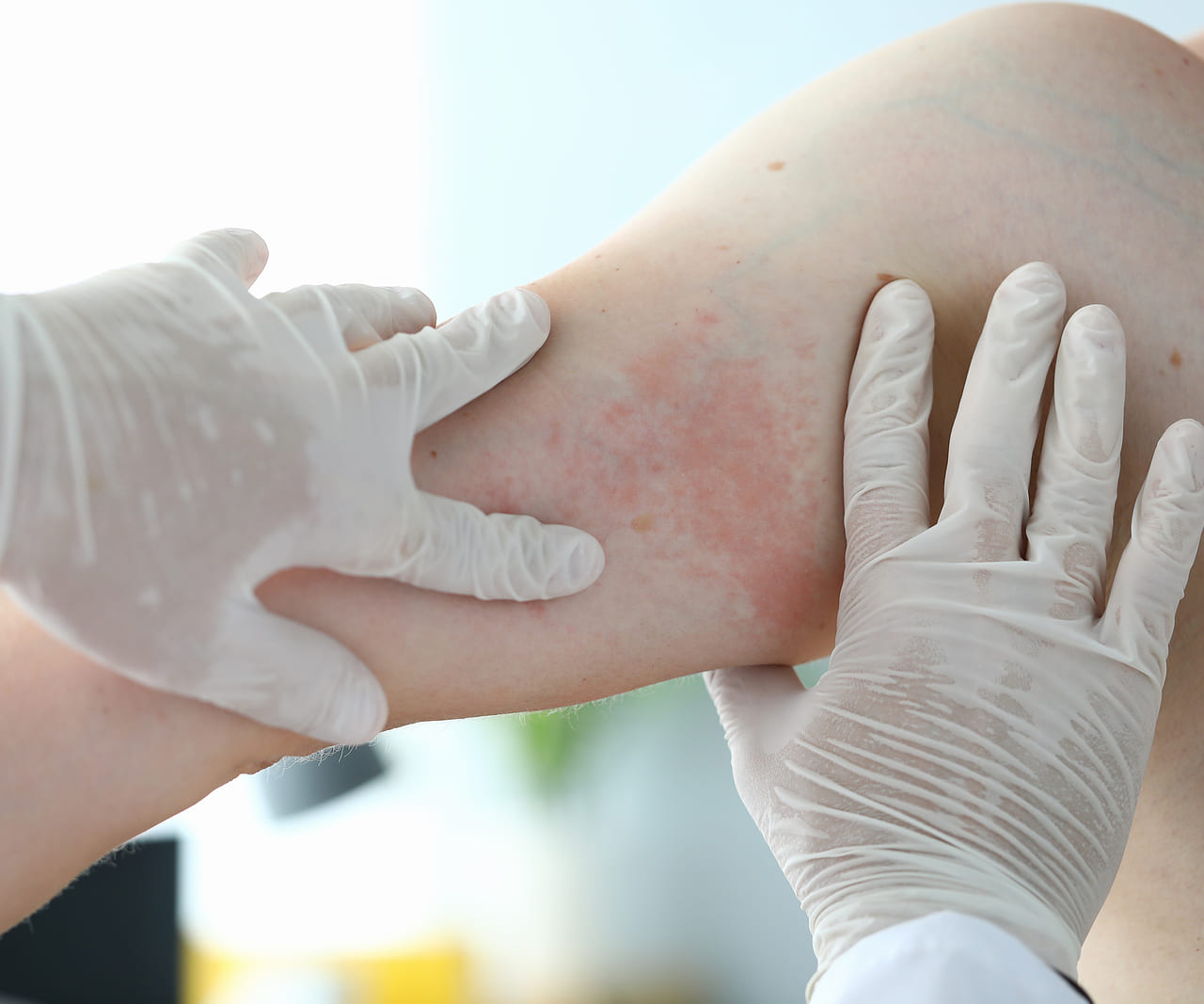Hives (Urticaria)

Urticaria, commonly known as hives, is a skin condition characterized by itchy, raised welts or bumps on the skin. Here’s a brief guide to understanding and managing urticaria.

Urticaria, commonly known as hives, is a skin condition characterized by itchy, raised welts or bumps on the skin. Here’s a brief guide to understanding and managing urticaria.



Urticaria can result from various triggers, including allergic reactions to foods, medications, insect bites, or environmental factors like heat, cold, or sunlight. Non-allergic causes, such as stress, infections, or underlying medical conditions, can also contribute to hives.
If you experience recurrent or severe hives, it’s important to consult a healthcare professional for proper evaluation and personalized treatment recommendations.
Urticaria is a common skin condition characterized by itchy, raised welts on the skin. By identifying triggers, using appropriate medications, and seeking guidance from a healthcare professional, individuals with urticaria can effectively manage their symptoms and improve their quality of life.


Fill out your details below with the service that you would like to inquire about